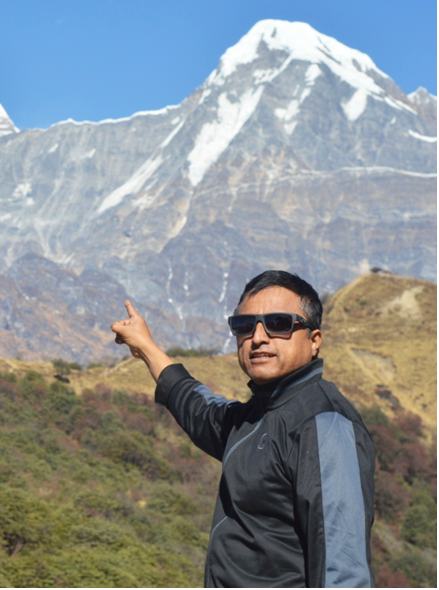Trip Introduction
The Markha Valley trek in India is a journey of a lifetime, taking you through some of the most breathtaking landscapes in the Himalayas. The trek is located in the Ladakh region of India, known for its rugged beauty and unique culture.
As you embark on the trek, you’ll be greeted by the majestic mountains and crystal-clear rivers that carve their way through the valley. The trail takes you through remote villages, where you’ll be greeted by the friendly local people and their traditional way of life.
The trek takes you through a variety of landscapes, from lush green fields and orchards to barren rocky terrain, as you gain elevation. The trail is challenging, but the rewards are well worth the effort. The views of the snow-capped peaks, including Kang Yatse and Stok Kangri, are truly breathtaking. The glaciers, the icefall, and the snow-covered peaks, all create a sense of awe and wonder.
As you trek, you’ll also have the opportunity to visit ancient monasteries, where you’ll learn about the rich Buddhist culture of the region. The monasteries offer a glimpse into the religious and spiritual practices of the local people, and the intricate murals and statues will leave you in awe.
One of the highlights of the Markha Valley trek is the diversity of the flora and fauna you’ll encounter. The trek takes you through meadows, pastures, and forests, home to a wide variety of animals and plants. You might catch a glimpse of the elusive snow leopard, or spot a rare Himalayan bird.
Overall, the Markha Valley trek is a journey that will take you to the heart of the Himalayas, where you’ll discover the beauty of the landscapes, the culture, and the people of India. It’s an opportunity to reconnect with nature, push your limits, and make memories that will last a lifetime.
Trip Highlights
Pass through rural communities as you go into the Himalayas, where you’ll come across pleasant folks living a traditional lifestyle.
Trek across a variety of environments, including verdant green plains, rugged deserts, and snow-capped summits.
Explore historic monasteries to learn about the area’s vibrant Buddhist culture.
Meet a variety of plants and animals, such as the elusive snow leopard and unique Himalayan birds.
Reconnect with nature, and stretch yourself
Experience a voyage full of life-changing memories.




